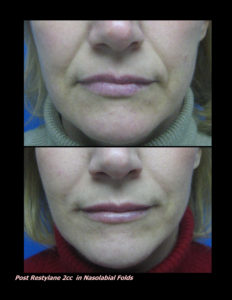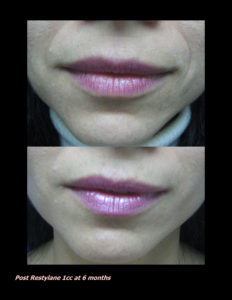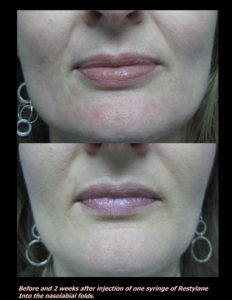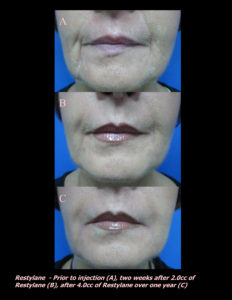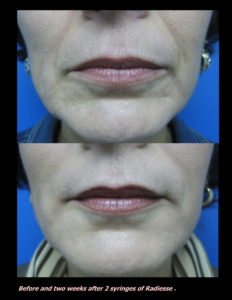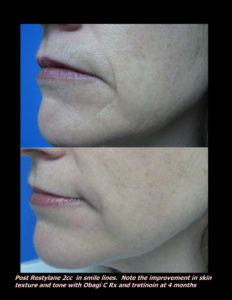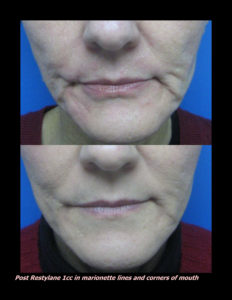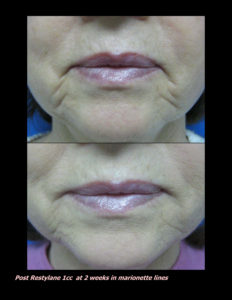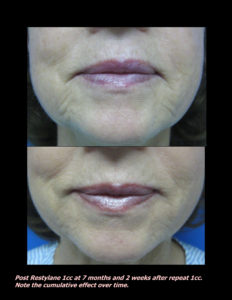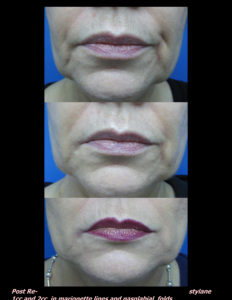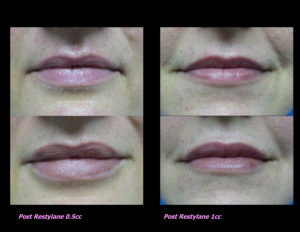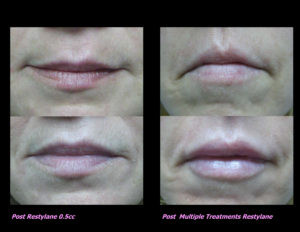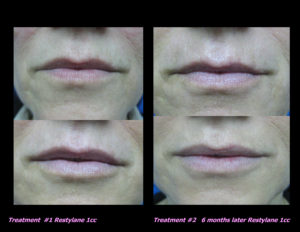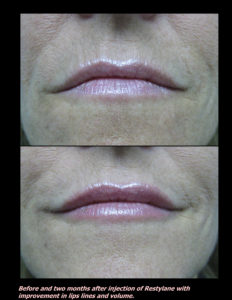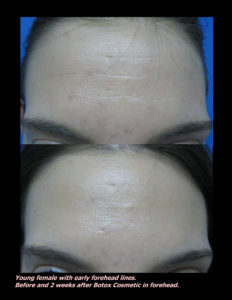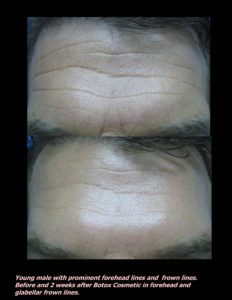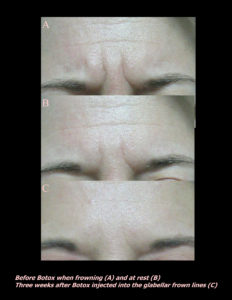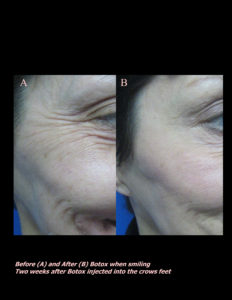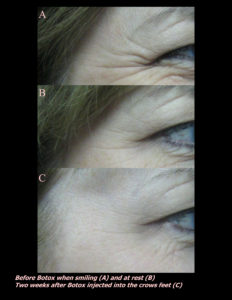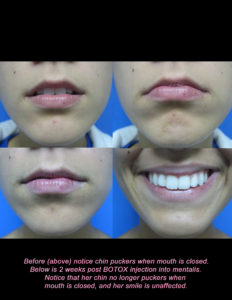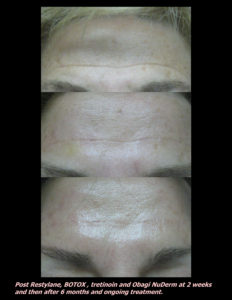Both men and women have asked me questions about Propecia lately. So, I thought it was time to answer the question here.
First, the basics. There are multiple different types of hair loss. Androgenetic alopecia (AGA) is the medical term for male pattern loss both in men and women. AGA is much more common in men because it is driven by a hormone called dihydrotestosterone (DHT) which is derived from testosterone. Testosterone levels are much higher in males leading to a higher incidence of AGA in males.
What is Propecia? Generic Name Finasteride. Propecia is a testosterone antagonist called a Type 2 – 5 Alpha Reductase Inhibitor. It works to prevent the conversion of testosterone into dihydrotestosterone (DHT). It is also prescribed for benign prostatic hypertrophy (BPH) in men in a 5mg dose. Dihydrotestosterone is the hormone that plays a major role in androgenetic alopecia, male pattern loss in men and women. Propecia is available as a 1 mg pill taken daily.
Can women take Propecia? Propecia is pregnancy category X, meaning it is contraindicated in women who can become pregnant because it causes feminizing effects on the fetus. It is also contraindicated in breastfeeding women. It also is contraindicated in any estrogen-sensitive types of cancer. There are no large studies showing safety and efficacy in women, but some small studies have been promising. Different doses of finasteride have been studied in women, with a dose of 2.5mg seeming to be the best mix of efficacy and least side effects.
What are the side effects of Propecia? For males with AGA, Propecia side effects include decreased libido, erectile dysfunction, ejaculation disorders, breast tenderness, and depression. The side effect of depression, suicide, and suicidal ideation is a newer finding. There have also been some issues with prostate cancer, with one study showing an increased incidence of aggressive prostate cancer in men taking Propecia. For females, side effects are not well reported due to the small studies, but irregular menstruation, decreased libido and increased body hair growth have been reported.
How long will it take to see it work? Propecia decreases levels of DHT within 24 hours of taking the first dose. However, it can take at least 3 months to see regrowth of hair.
What if I stop taking Propecia? DHT levels return to pretreatment levels with 14 days of cessation but it may take a year or more for the hair to revert to pretreatment levels.
What about Avodart? Generic name Dutasteride. Dutasteride is a second-generation that inhibits both Type 1 and Type 2 -5 Alpha Reductase much more potently than finasteride. It is not FDA-approved for hair loss. Side effects are similar to finasteride.
Overall, I rarely prescribe Propecia for AGA pattern loss. I have a few patients that take dutasteride for a less common condition called Lichen Planopilaris. When evaluating the risk and side effect profile, I professionally and personally think Rogaine (minoxidil) is a safer option. If you would like to learn more about Rogaine or androgenetic alopecia see our prior articles.
——————————–
If you know someone who may find this article helpful, please share it with them! Follow us on social media this week, and subscribe to our growing YouTube channel! If you would like to receive these posts in your email inbox, Subscribe to our Site.



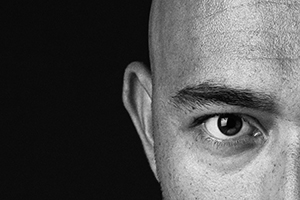






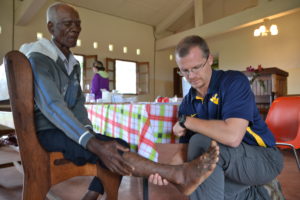




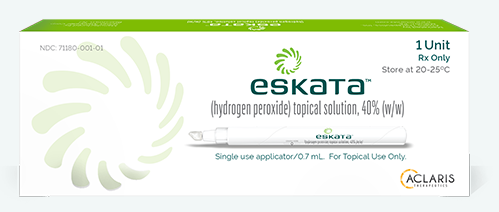

 Laser Vein Reduction Treatments
Laser Vein Reduction Treatments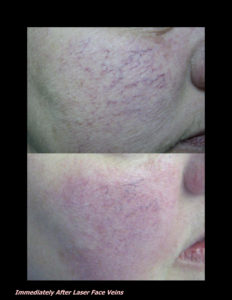
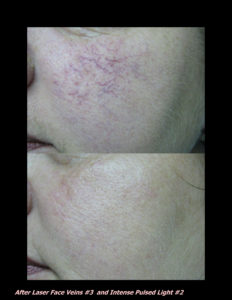
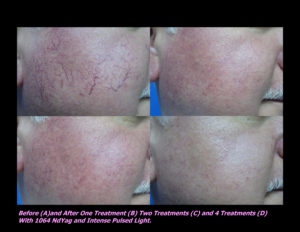
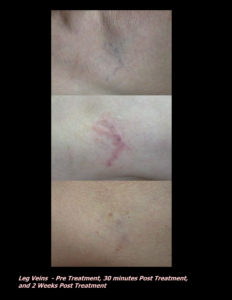
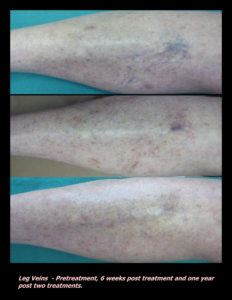
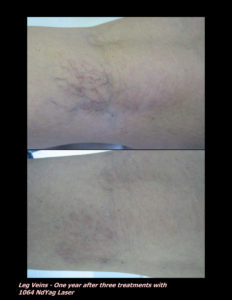
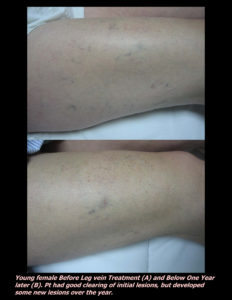
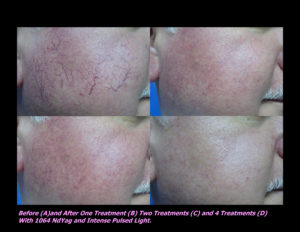
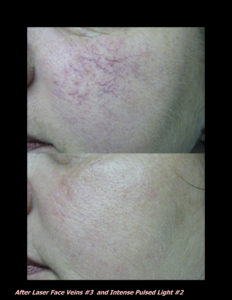
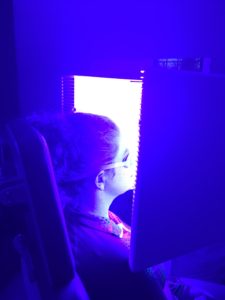
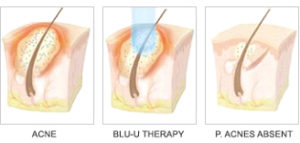
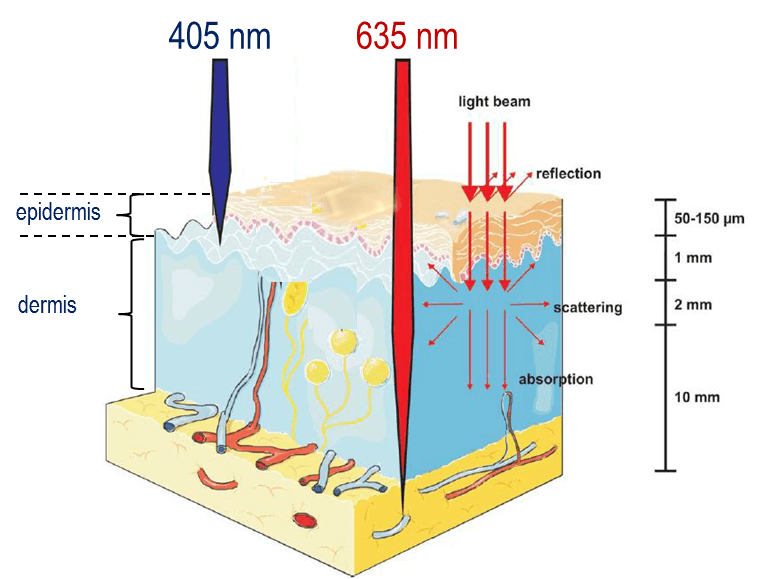
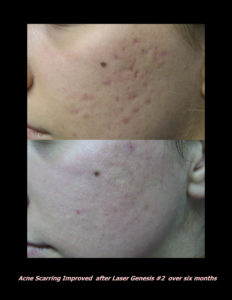
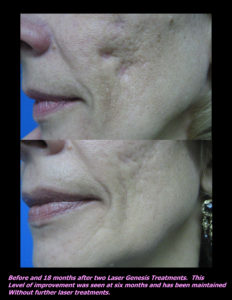


 DP Dermaceutical Products
DP Dermaceutical Products



